“I think I’m going to Katmandu
That’s really, really where I’m going to
If I ever get out of here
That’s what I’m gonna do” – Bob Seger
Who knew there could be so much foresight into realized impacts of citizen science in the opening lyric of a 1975 Bob Seger song?
Recently, I traveled to Nepal’s Kathmandu Valley to meet up with Jeff Davids and the Nepali Smartphones4Water team. This non-profit group is empowering citizens in the process of collecting and understanding data about the environment they live in and rely on. Empowering is really the right word here as Smartphones4Water not only trains and educates people in Kathmandu on the value and importance of clean and sustainable water resources but also provides a platform of freely available data providing transparency to the issues in the Valley. Central groundwater issues include things like the dry season consistency and quality of freshwater springs and streams essential for human needs, food production, ecological health, and hydropower production.
On my recent visit to the Valley, I got the chance to work with and experience this citizen science effort first hand. We trekked (ok, it was more a small walk by Nepali standards but “trekked” sounds so neat!) for a short overnight trip to Okhreni and then Chisopani to conduct some training to middle school students of the region. We began with an introductory lecture on the water cycle and the importance of collecting scientific data for conservation followed by a practical example of how to read and measure precipitation and stream flow – nothing more fun than a visit to the local swimming hole! The idea is to integrate education with the citizen data collection thereby providing an inherent connection to nature and the region’s water resources. To achieve this, the students will gather and plot data over the coming months. After this period, the Smartphones4Water team will return to help them interpret the changes they see in rainfall and streamflow through the post-monsoon season.
This project grew from my work as a Professor of Hydrology with Stockholm University (and of course let me graciously acknowledge funding from the Swedish International Development Agency). Now that I am settling in at The Nature Conservancy, I see more potential to develop citizen science platforms. What better way to plant those citizen science “seeds” than with a quick blog about what’s happening in Nepal?
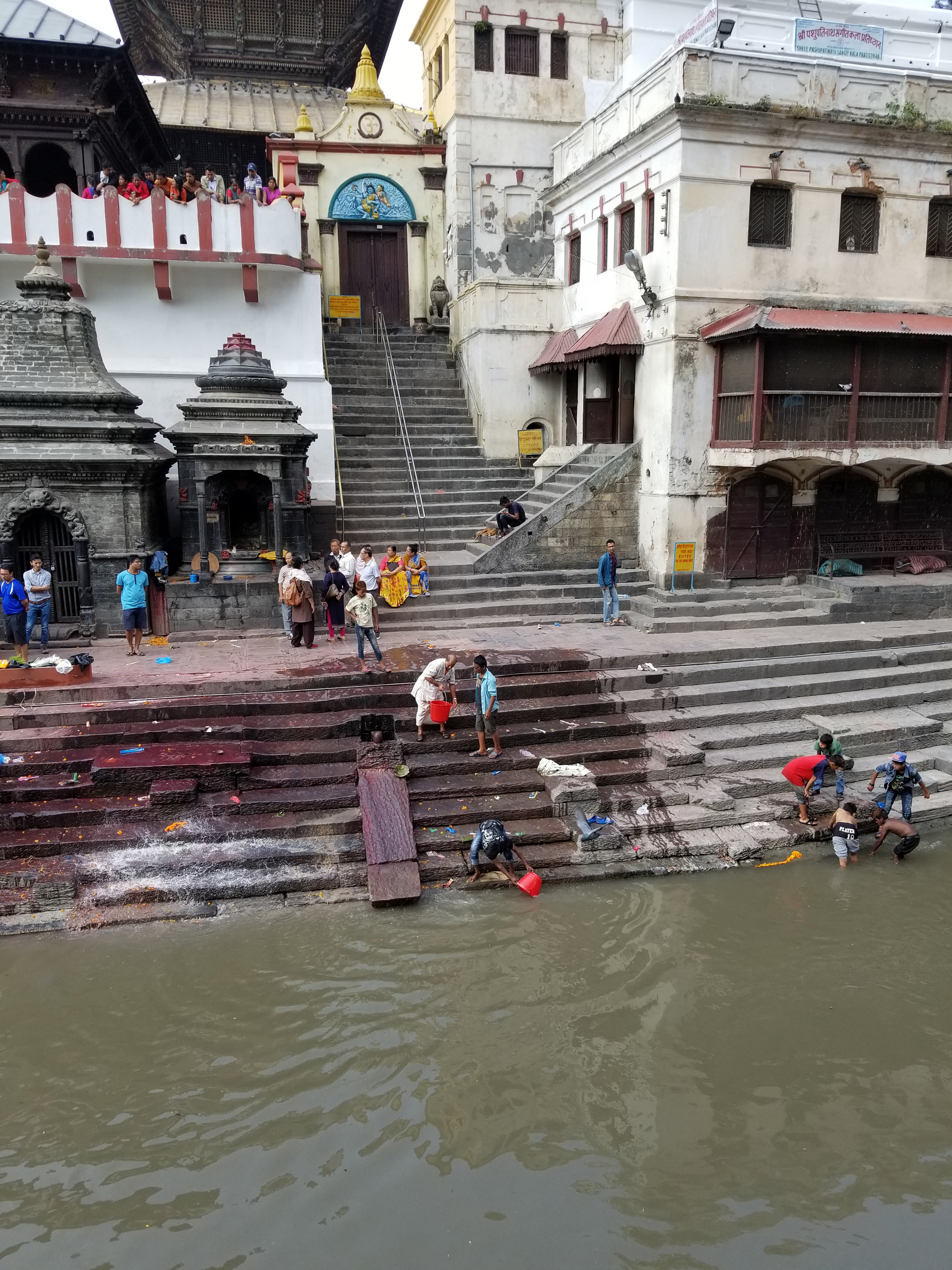
The Water Problem in Nepal’s Kathmandu Valley
There has been recent and widespread interest, within both the Nepali government and the international community, in the further development of groundwater resources for irrigation, municipal, and industrial uses in the Kathmandu Valley. This interest puts up a red flag in my mind because of the numerous examples of unsustainable utilization of groundwater resources globally. These include excessive drawdown of the Ogallala Aquifer in U.S., the High Plains Aquifer in China, the Barind zone in Bangladesh, and the Indian Cratonic Aquifers. These examples offer warning signs of the importance of guiding groundwater development with sound fact-based management. Additionally, and like much of the world, a lack of hydrologic data compounds the uncertainty of how changing climate will affect Nepal’s groundwater resources.
With this project, we are tackling this challenge head-on in the Kathmandu Valley. We hope to provide a foundation for climate resilient and sustainable growth across Nepal though smart groundwater use. Moreover, Nepal’s National Adaption Programme of Action (NAPA), developed by the Nepali Ministry of Environment in 2010, identifies (among others) need nationally for:
- Promoting community based adaptation through integrated management of agriculture, water, forest, and biodiversity sector;
- Building and enhancing adaptive capacity of vulnerable communities through improved system and access to services related to agricultural development; and
- Empowering vulnerable communities through sustainable management of water resource and clean energy supply.
In general, community-based monitoring and development efforts help identify water supply vulnerabilities and serve as the foundation for developing mitigation and/or adaptation measures. We are trying to connect to this concept with citizen science throughout the valley.
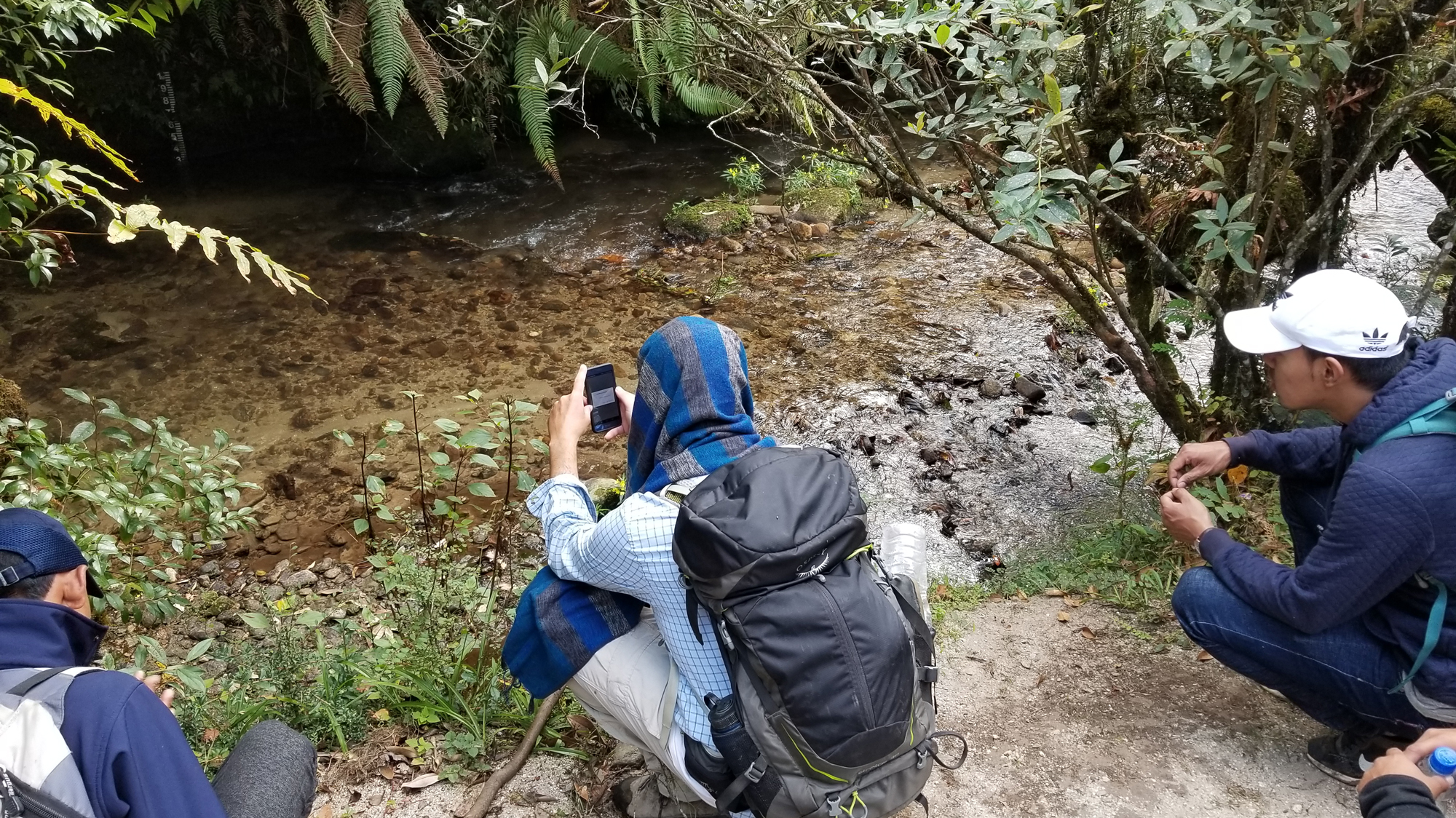
By leveraging novel technologies and geospatial databases, we hope to unlock the power of data as a central component in Nepal’s plan for future climate-resilient development and conservation strategies.
A Case Study for Kathmandu Valley
Since data collection is expensive, it is a clear limiting factor for resource management in Nepal and across much of the Global South. In Kathmandu Valley, we’re trying to use mobile technology and establish a citizen science (i.e. community based) network for monitoring hydrology related data (e.g. groundwater levels, groundwater quality, flow from stone spouts, streamflow, precipitation).
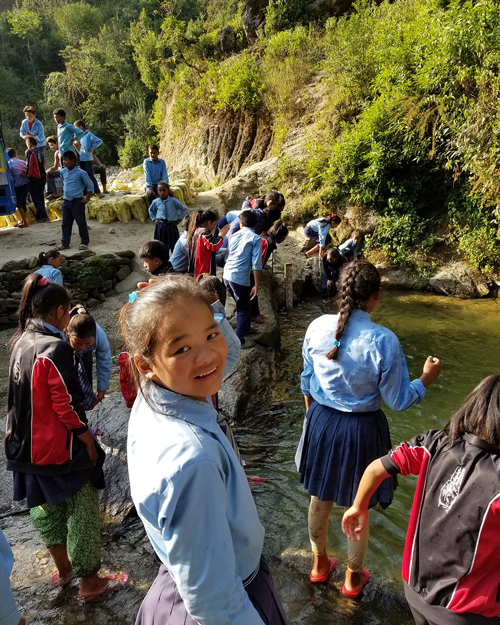
My short hands-on experience while visiting the Chisopani regional school in Nepal is part of a broader partnership with Smartphones4Water where local stakeholders and citizen scientists are trained to perform hydrological measurements. These measurements include monitoring groundwater levels, estimating spring and stream discharge, and assessing water quality with simple testing strips. This is like everything you wanted to know about your water supply (but were afraid to ask). Further, we’re exploring various incentive techniques (micro-financing) including payment per observation via mobile phone transfers. Incentives facilitate community participation and education while directly addressing poverty reduction. When possible, we engage local students in grades 6 through 12 and emphasize employing women for the collection of new hydrologic data. Together, targeting these groups allows for direction connection with those people who typically lack a strong voice in the region.
We’re also engaging university students through the Kathmandu Institute of Applied Sciences. What’s neat here is that we can get the students involved in not only the data collection but also in more fundamental research. A good example of that is the recent cohort of students that considered how the upstream land cover impacts water quality for community springs. These traditional stone spouts, which have religious and economic importance across the valley, have seen variable quality over time as land cover and geology “shifts” in response to development and earthquakes. By getting the students out and measuring we learn more about how these springs connect to the groundwater systems. This helps paint a picture of resources and inform future development. All in all, we’re at the beginning of an awesome journey where people and science can come together for the benefit of nature!
What Is the Role of Citizen Science for Conservation?
As we enter an era of “big data” and large-scale observation records hit a maturity where true climatic and anthropogenic changes can be seen, we still often struggle with the seeing the impact of on-the-ground conservation efforts. This is in part because many conservation efforts, especially in freshwater networks and across much of the Global South, take place in locations and at scales that are traditionally not being monitored (they are just too small and often fall through the cracks).
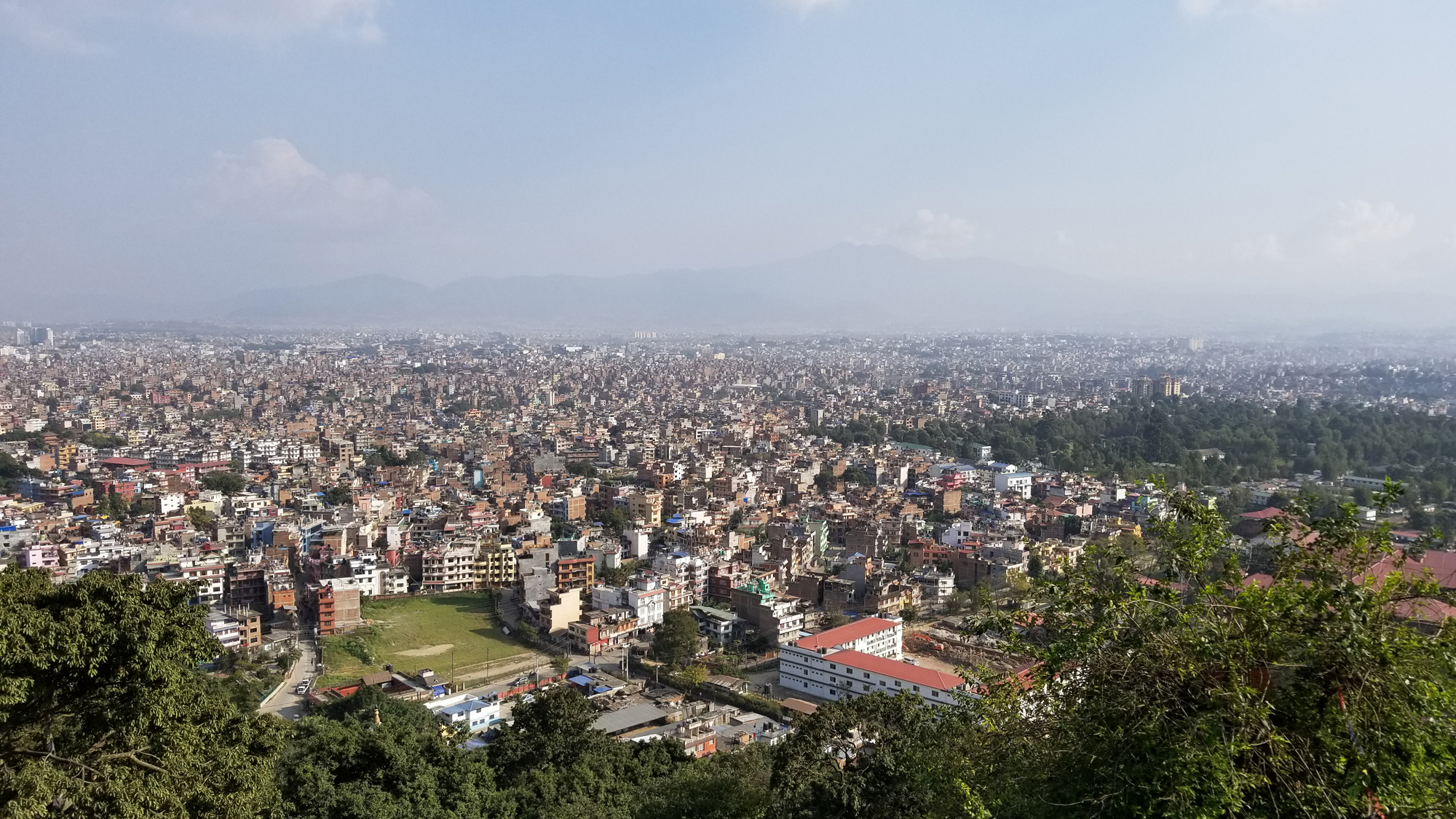
Advances in smartphone technology, including high-resolution cameras and GPS technology, open amazing opportunities to make high-quality observations and connect these with cloud-based databases. This, coupled with the general ubiquity of mobile technology across the Global South (where a technological leapfrogging has occurred), makes smartphones valuable water monitoring and citizen science tools. More importantly to poverty reduction, smartphones also create a two-way street for the movement of data from the community to monitoring agencies and for movement of compensation from the agencies to the community.
Looking across The Nature Conservancy, I feel we are an organization that is extremely well positioned to become a world leader for citizen science development and outreach. Given The Nature Conservancy’s growing commitment to helping develop connections between nature AND people, citizen science really could serve as a long-lasting and impactful approach to monitoring, informing and targeting conservation where it matters most. To return to the sage-like advice of Bob Seger, we just need to look to one place for citizen science inspiration: K-k-k-k-k-k Katmandu.
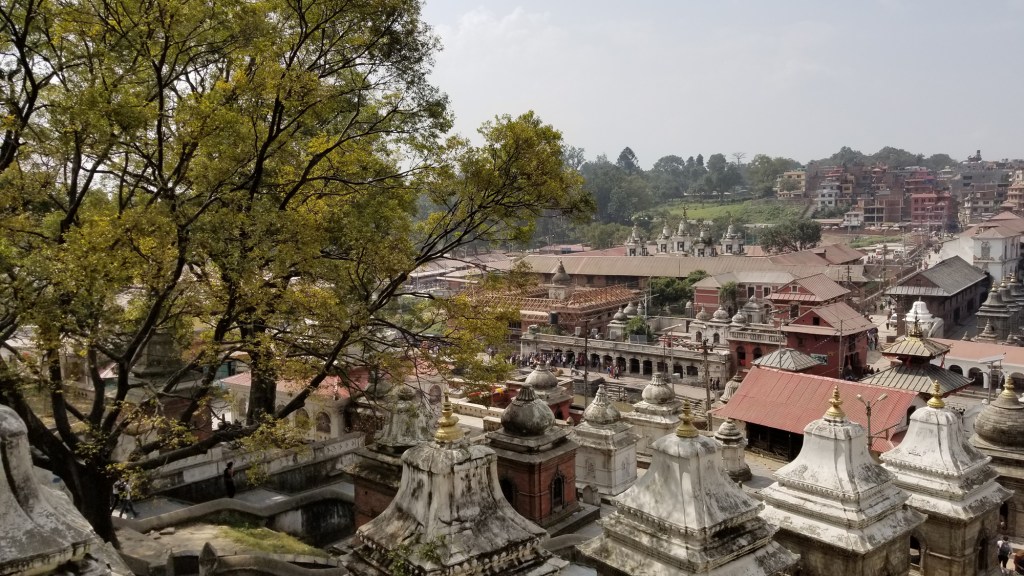



Join the Discussion